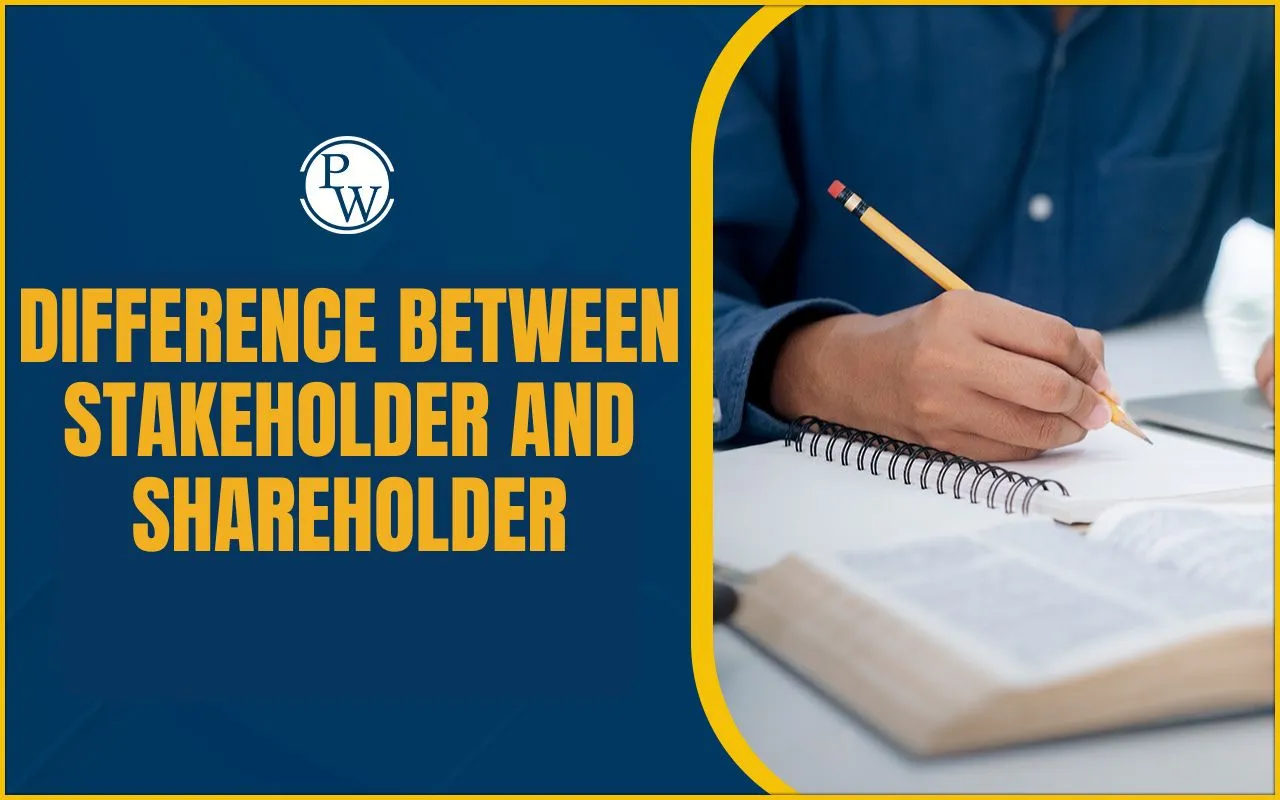

Investment Multiplier: Economics studies how money, goods, and services move in society. One of the important ideas in economics is the investment multiplier. It was suggested by the well-known economist John Maynard Keynes. The idea explains how an increase in investment by the government or private sector can create a much larger increase in income for the whole economy.
The concept is simple but very powerful. It shows how money spent once can keep circulating in the economy and generate more income than the original amount spent. Below, we’ve explained what the investment multiplier is, its formula, the role of MPC and MPS, its mechanism, importance, limitations, and finally, we will look at an example to make it clearer.
What is Investment Multiplier?
The investment multiplier is the increase in total income of the economy that happens because of an increase in investment. In other words, when the government or private sector spends money on new projects, this money becomes income for workers, suppliers, and service providers. These people then spend a part of their income on goods and services. That spending again becomes income for others. This process continues and multiplies the effect of the original investment.
Formula of Investment Multiplier
The investment multiplier can be calculated with the help of simple formulas. There are three main ways to write it:
-
K = ΔY / ΔI
-
Here, ΔY means the increase in national income.
-
ΔI means the increase in investment.
-
K represents the investment multiplier.
-
K = 1 / (1 – MPC)
-
MPC is the marginal propensity to consume. It means how much of the income people spend on goods and services.
-
K = 1 / MPS
-
MPS is the marginal propensity to save. It means how much of the income people save instead of spending.
Role of MPC and MPS in Investment Multiplier
The values of MPC and MPS play a big role in the working of the investment multiplier:
-
MPC (Marginal Propensity to Consume): If people spend more of their income on consumption, then the multiplier effect will be stronger. A higher MPC leads to a higher value of the investment multiplier
-
MPS (Marginal Propensity to Save): If people save more and spend less, the multiplier effect becomes weaker. A higher MPS leads to a lower value of the investment multiplier.
Mechanism of Investment Multiplier
The mechanism of the investment multiplier explains how investment creates multiple rounds of income. Below, we’ve mentioned the mechanism of the Investment Multiplier:
-
Initial Investment: The government spends money on a project, for example, building a road. This is the starting point of the multiplier effect.
-
Income Generation: The money spent by the government becomes income for workers, engineers, suppliers, and transporters.
-
Consumption Expenditure: These people spend a part of their income on food, clothes, and other services. This spending becomes income for shopkeepers, farmers, and manufacturers.
-
Further Rounds: The process continues as every round of spending creates income for someone else. With each round, the effect of the original investment multiplies.
-
Stopping Point: The process does not continue forever. It stops when people save more and spend less, which reduces further rounds of income generation.
Importance of Investment Multiplier in Economics
The investment multiplier has a very important role in economic studies and policies. It helps economists and governments understand how investment can bring growth. Below, we’ve mentioned the importance of it:
-
Helps in Economic Growth: It shows how investment in projects like roads, bridges, schools, and hospitals can increase national income.
-
Guides Government Policy: Governments use this idea to plan how much they should invest during times of low growth or unemployment.
-
Encourages Employment Opportunities: Since investment creates jobs for many people directly and indirectly, it helps in reducing unemployment.
-
Explains Income Circulation: It helps in understanding how money moves in society and how one person’s spending becomes another person’s income.
-
Useful for Business Decisions: Private companies also study it to know how much benefit their investment will bring to the economy.
Limitations of Investment Multiplier
Although the investment multiplier is a very useful concept, it also has some limitations. These must be understood while using it in real life.
-
Assumes Constant MPC and MPS: The theory assumes that people always spend or save the same fraction of their income. In reality, this changes with time.
-
Leakages in the Economy: Some part of income may go into taxes, imports, or debt payments. This reduces the multiplier effect.
-
Time Lag: The increase in income does not happen instantly. It takes time for the money to circulate through the economy.
-
Full Employment Condition: If an economy is already at full employment, new investment will not increase income much because all resources are already being used.
-
Not Always Predictable: The real effect of investment is difficult to measure because many other factors also affect income, like inflation and government policies.
Example of Investment Multiplier
Let us now take a simple example to understand how the investment multiplier works.
Suppose the government invests ₹100 crores in a road construction project. This investment will pay wages to labourers, salaries to engineers, and payments to suppliers of raw materials.
Now, assume the MPC = 0.5. This means for every 1 rupee earned, people will spend 50 paise and save the rest.
The investment multiplier will be:
K = 1 / (1 – MPC)
K = 1 / (1 – 0.5)
K = 1 / 0.5
K = 2
This means that every 1 rupee of investment will create 2 rupees of income in the economy. So, ₹100 crores of investment will create a total income of ₹200 crores.
Now, let us assume another case where MPS = 0.2.
K = 1 / MPS
K = 1 / 0.2
K = 5
Here, the multiplier is 5. This means the ₹100 crores investment will finally create a total income of ₹500 crores.
The investment multiplier is an important idea in economics. It shows how a small investment can create a large increase in income for society. The formulas of the multiplier are simple and depend on MPC and MPS. The mechanism explains how money moves from one person to another, creating jobs and income in every round.
While the investment multiplier is very useful in planning government policies and business investments, it also has some limitations. It assumes constant behaviour of people and ignores leakages. Still, it gives a clear picture of how investment can bring growth to the economy.
By studying the investment multiplier, we learn the power of investment and spending in building a strong and growing economy.
Investment Multiplier FAQs
What is the investment multiplier?
How is the investment multiplier calculated?
What is the role of MPC and MPS in the multiplier?
Why is the investment multiplier important?











